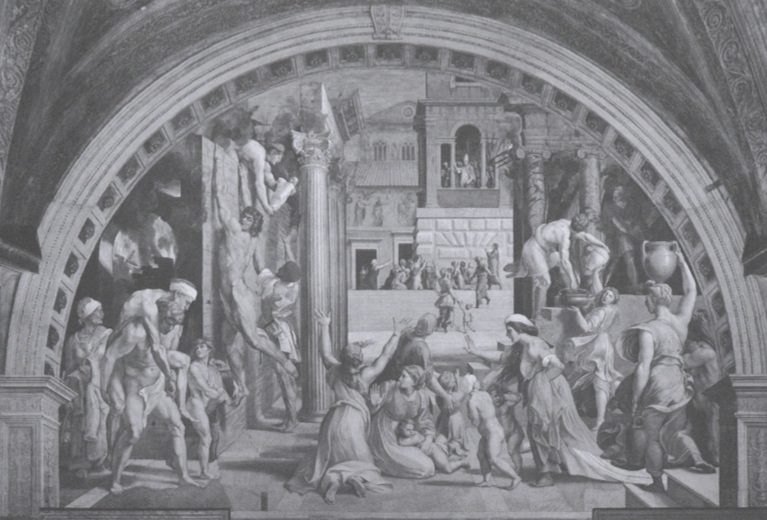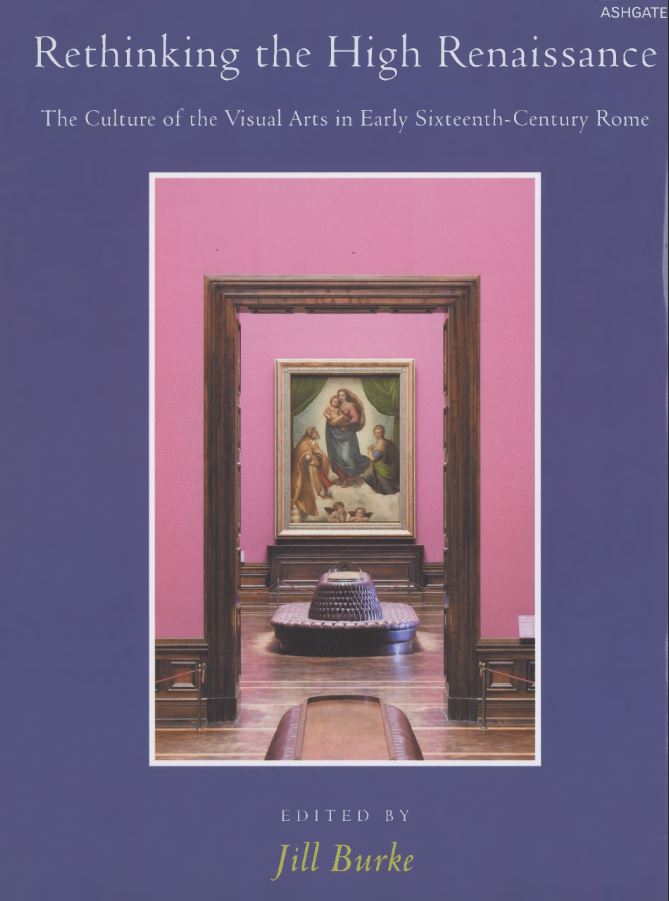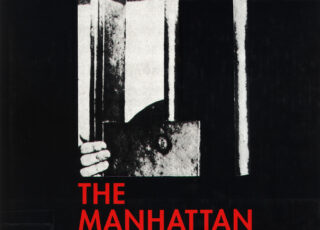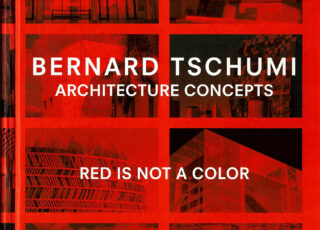
Burke, Rethinking the High Renaissance
The perception that the early sixteenth century saw a culmination of the Renaissance classical revival – only to degrade into mannerism shortly after Raphael’s death in 1520 – has been extremely tenacious; but many scholars agree that this tidy narrative is deeply problematic. Exploring how we can reconceptualize the High Renaissance in a way that reflects how we research and teach today, this volume complicates and deepens our understanding of artistic change. Focusing on Rome, the paradigmatic centre of the High Renaissance narrative, each essay presents a case study of a particular aspect of the culture of the city in the early sixteenth century, including new analyses of Raphael’s stanze, Michelangelo’s Sistine Ceiling and the architectural designs of Bramante. The contributors question notions of periodization, reconsider the Renaissance relationship with classical antiquity, and ultimately reconfigure our understanding of ‘high Renaissance style’.
Exploring how we can reconceptualise the High Renaissance in a way that reflects how we research and teach today, this volume proposes new approaches to the art of the period. Contributors focus on Rome, the paradigmatic centre of the High Renaissance narrative, as they question notions of periodisation, reconsider the Renaissance relationship with classical antiquity, and ultimately reconfigure our understanding of ‘high Renaissance style’.
Download
Burke_Rethinking the High Renaissance.pdf
Burke_Rethinking the High Renaissance.txt
Burke_Rethinking the High Renaissance.html
Burke_Rethinking the High Renaissance.jpg
Burke_Rethinking the High Renaissance.zip



